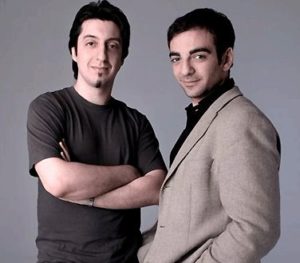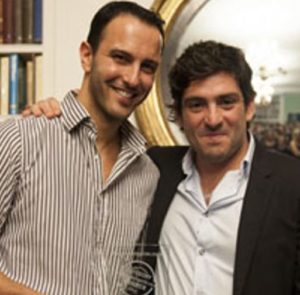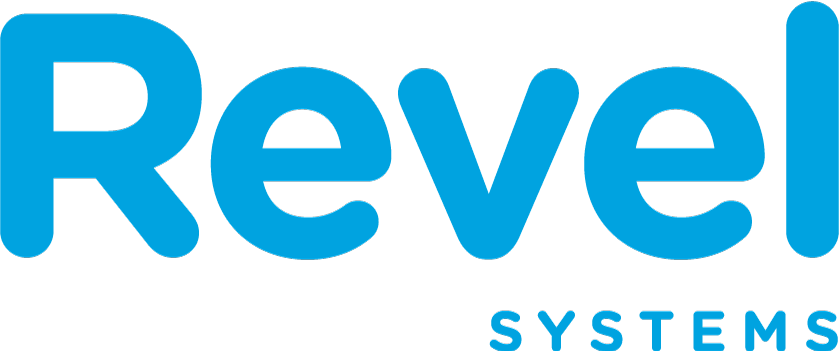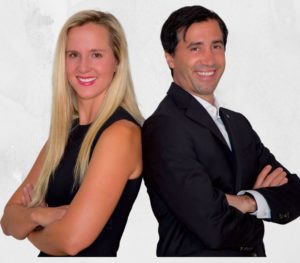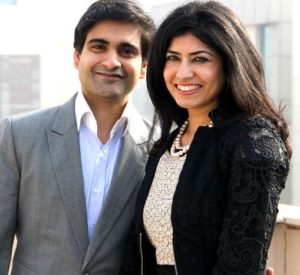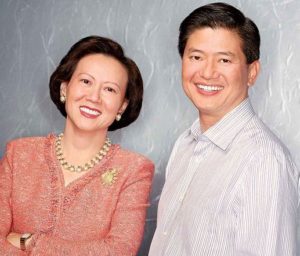Toptal : A No-office Startup for the Freelancer Community
In the recent wave of start-up fair around the world, many entrepreneurs have dedicated their work significantly to the start-up society. The condition of the freelancers have significantly improved in these past years, and there has been an increase in the number of freelancers worldwide. Moreover, the young generation does want to break the conventional pattern of a daily 9to5 job, but at the same time, a stable and continuous source of income is necessary, too. With all these freelancing platforms coming up, and along with that the increasing number of new start-ups that demand freelancers, are playing an ace for the rising community.
Toptal, a freelancing platform founded in 2010 by Taso Du Val and Breanden Beneschott, headquarters in Silicon Valley, California, US. The startup has brought a revolution for designers, developers, programmers and analysts, who were interested to work as freelancers.
Taso Du Val
Val had already been into different jobs and had enough experience before he co-founded Toptal. He worked as an architect in Fotolog for two years, followed by working for Slide and Art.sy as an advisor.

In the founding year of Toptal, Val was working on his start-up for coming up with a real-time chat engine something absolutely different from what he ended up developing. While working in this project, he needed a freelancer. But it was quite annoying to find a really dedicated freelancer with excellent skills. This was when he decided to bridge the gap between freelancers, the newborn start-ups and business firms that wanted to hire them.
Breanden Beneschott
Beneschott studied chemistry from Stanford University, and while he co-founded Toptal, he was a student in Chemical Engineering, Princeton University. Beneschott stepped into the professional world as an intern for Adam’s Group and then for Morgan Stanley. He also served as the CTO for Zandigo and director of technology for Snafue, LLC. He co-founded smsPREP in June 2007, and then, partnered with Val in 2010 to co-found Toptal.
Behind the scenes
After Val launched the company, he wasn’t really looking for a co-founder. But, he bumped into Beneschott, who was his old neighbour and had signed up in Toptal as a client. Val realized that it would be a nice deal for Toptal if they become partners as Beneschott was more of an expert, loved dealing with customers and strategies. So, Val decided to fly to Princeton as Beneschott was still a student when Val approached him. Both of them worked in a small dorm room in his university, and finally, came up with a bigger plan.
Strategies
When Val searched for a freelancer during the setup of his start-up, he really found it hard to find a skilled one. So, he wanted a thorough scrutiny process and selected only the top 3% per cent of the skilled freelancers to work on behalf of Toptal. After founding the company, he established a four-round process for selection of the candidates, though it was very time-consuming. He focused mainly on the quality as Toptal provides service to many reputed companies including Facebook, Twitter, Pinterest, etc.
The Success
Since Val and Beneschott lived miles apart from each other, they did not set up an office, but they were still pretty confident to cut through the noise and make it a reputed company. Since they scooped out the top 3% creamy layer amongst all the freelancers, they landed many big clients. They made $1million in revenue in the first year and worked with many talents across the globe, including Russia, Hungary and South America. Since Val was interested in working with the top-class potential stalwarts, he decided to fly to Hungary as the company spotted many excellent software developers from that area. So, in 2011 both of them fled to Budapest and started operating from there.
Initially, the company searched for software developers, business experts, programmers, but from 2015, it expanded and started hiring designers. In 2016, Toptal hired Skillbridge, a freelancer platform that offered services that marketing research, accountant, etc. related to business modelling. It eventually started adding more and more domains, and now, hires freelancers for more than 50+ sub-domains.
Funding Rounds
In the seed round, the company raised $1.4 million, Andreessen Horowitz, Quora and Adam D’Angelo, being the major investors. There was no further news of any other funding rounds since then, and the company has made impressive profits with time. In the year 2016, the company’s annual revenue turned out to be $100million.

Annasha Dey is an NIT student, who apart from studying engineering is also a content writer. She has a great interest in photography, writing, reading novels, and travelling as well. She is a foodie who loves socializing and hanging out with her friends. She is also a trained Kathak dancer and a big fashion enthusiast. Dey also loves watching TV series, which includes F.R.I.E.N.D.S. and Big Bang Theory. To be a better writer she prefers to read more


